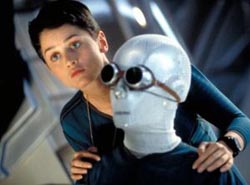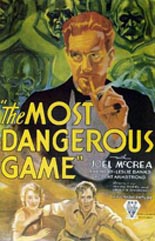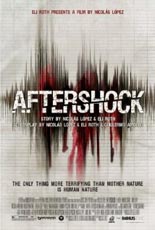
 Should you choose to take a wine tour of Chile, pack a football helmet and an autograph book — the former in case of earthquakes; the latter because you just might run into Selena Gomez. That Spring Breakers starlet makes an uncredited cameo in Aftershock, a shaky quake pic more interested in a retching scale than the Richter one.
Should you choose to take a wine tour of Chile, pack a football helmet and an autograph book — the former in case of earthquakes; the latter because you just might run into Selena Gomez. That Spring Breakers starlet makes an uncredited cameo in Aftershock, a shaky quake pic more interested in a retching scale than the Richter one.
For the first third, director Nicolás López follows our tourists as they party hearty in an underground night club accessible via cable car. A couple of sisters bicker; one guy coaches another in the art of chasing tail; but if there’s a front-and-center character, it’s Gringo, played by Eli Roth (Inglourious Basterds), who also contributed to the screenplay and co-produces.
 Roth’s creative stamp becomes evident once the republic starts to rumble. That’s when the Irwin Allen situation grows quite Hostel. Clubgoers are flattened by chunks of cement; flesh is penetrated by sharp objects. Against the grisly carnage, one guy’s search for his hand is played for laughs. Why, it’s enough to make a girl vomit, and we get that, too.
Roth’s creative stamp becomes evident once the republic starts to rumble. That’s when the Irwin Allen situation grows quite Hostel. Clubgoers are flattened by chunks of cement; flesh is penetrated by sharp objects. Against the grisly carnage, one guy’s search for his hand is played for laughs. Why, it’s enough to make a girl vomit, and we get that, too.
Once back above ground, our survivors find more obstacles awaiting their struggle to find safety: a riot, a tsunami, flames, rape, local gangs — and Gringo doesn’t speak any Spanish! ¡Ay, caramba! It all becomes unpleasant, but really, isn’t that Aftershock’s reason for being? Charlton Heston would be appalled, which is one argument for giving it a try. —Rod Lott

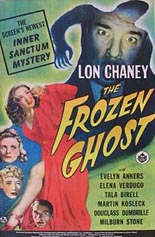
 The fourth of Universal Pictures’ six-film
The fourth of Universal Pictures’ six-film 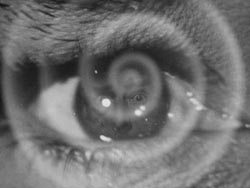
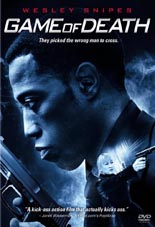
 I hate that someone as talented as Wesley Snipes has alienated and tax-evaded himself into direct-to-video hell (not to mention federal prison), but at least
I hate that someone as talented as Wesley Snipes has alienated and tax-evaded himself into direct-to-video hell (not to mention federal prison), but at least 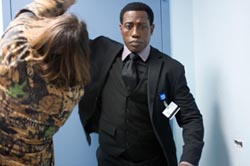 As you can imagine, that doesn’t sit well with said dealer, so Marcus finds himself in a do-or-die, kill-or-be-killed situation for the bulk of the picture — a Game of Death, if you will, but one not to be confused with Bruce Lee’s 1978 partly posthumous epic of the same name.
As you can imagine, that doesn’t sit well with said dealer, so Marcus finds himself in a do-or-die, kill-or-be-killed situation for the bulk of the picture — a Game of Death, if you will, but one not to be confused with Bruce Lee’s 1978 partly posthumous epic of the same name. 

